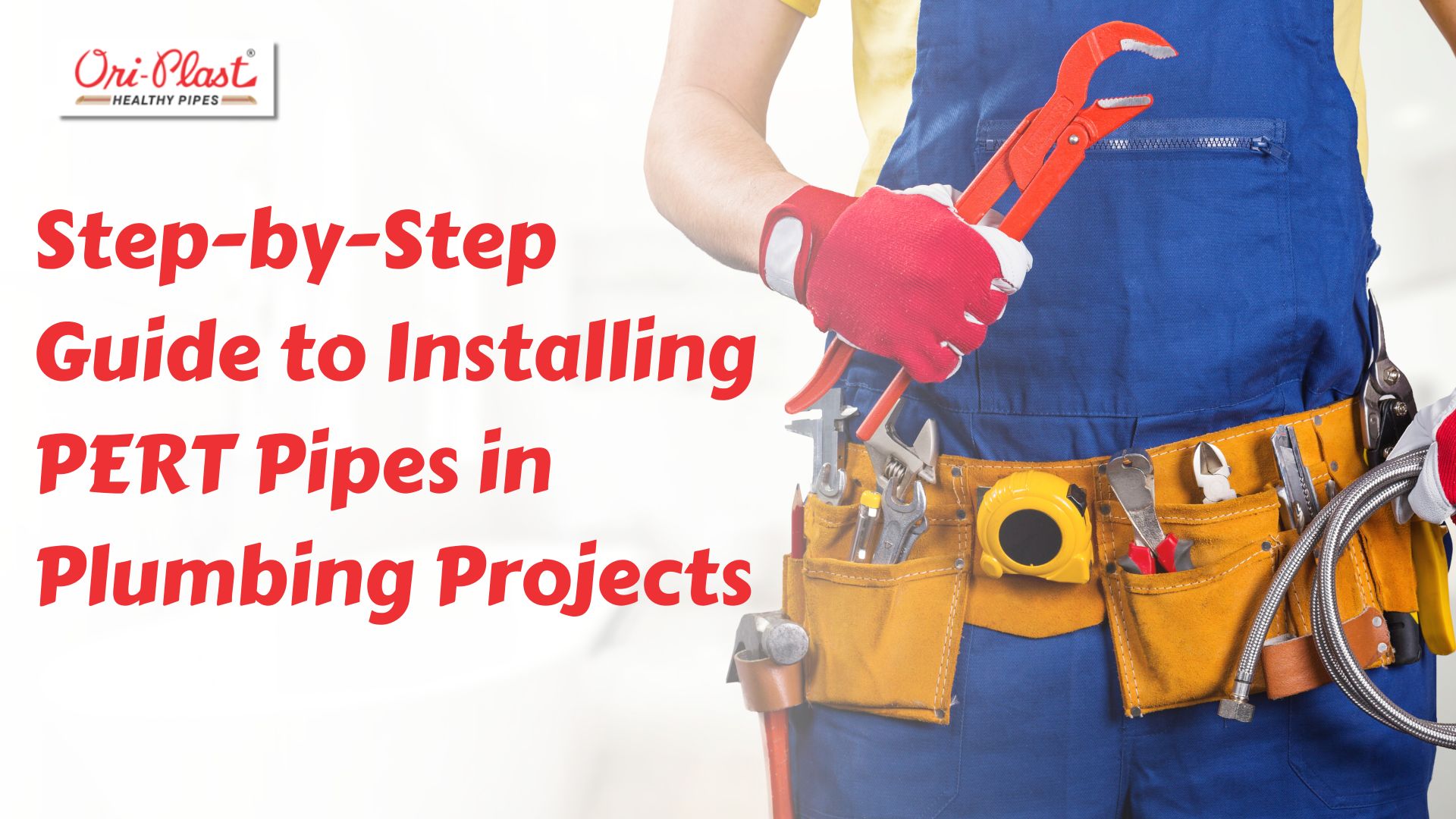Polyethylene of Raised Temperature (PERT) pipes has become a go-to choice in plumbing for its flexibility, durability, and resistance to high temperatures. If you're a plumbing professional gearing up for a PERT pipe installation, buckle up for a comprehensive step-by-step guide. Let's dive into the intricacies of ensuring a seamless installation for optimal performance.
Step 1: Gather the Necessary Tools and Materials:
Before diving into the installation, make sure you have all the tools and materials required. This includes PERT pipes of the appropriate size, fittings, a pipe cutter, a reamer, a chamfering tool, crimping tools, and appropriate fasteners.
Step 2: Measure and Plan:
Accurate measurements are the backbone of a successful installation. Plan the layout of the pipes, considering factors such as the distance between fixtures, support locations, and potential obstacles. This meticulous planning ensures efficiency and minimizes the risk of errors.
Step 3: Cut PERT Pipes to Size:
Use a high-quality pipe cutter to make clean, straight cuts on the PERT pipes according to the measurements. Ensure that the cuts are square and free from burrs to facilitate proper fitting and secure connections.
Step 4: Ream and Chamfer the Ends:
After cutting, use a reamer to remove any rough edges on the inside of the pipe. Additionally, chamfer the outer edges to create a bevelled surface. This not only facilitates smoother fittings but also ensures a secure connection with the fittings.
Step 5: Assemble and Dry-fit the System:
Begin assembling the PERT pipes and fittings without crimping to check the dry fit of the system. This step allows you to identify any potential issues in the layout and make adjustments before securing the connections.
Step 6: Secure with Crimping Tools:
Once satisfied with the dry fit, use crimping tools to secure the connections. Follow the manufacturer's recommendations for crimping specifications and ensure that the crimp rings are properly placed to create leak-proof joints.
Step 7: Install Support and Hangers:
Support the PERT pipes adequately to prevent sagging and ensure long-term stability. Install hangers at recommended intervals, considering the weight of the pipes and potential thermal expansion.
Step 8: Pressure Test the System:
Before completing the installation, conduct a pressure test to ensure the integrity of the system. Pressurize the pipes and monitor for any pressure drops, indicating potential leaks. Address and rectify any issues before proceeding.
Step 9: Insulate as Needed:
Depending on the application and local climate, consider insulating the PERT pipes to prevent heat loss or gain. This step is crucial for maintaining the desired temperature of the transported fluids.
Step 10: Document and Educate:
Document the installation details, including measurements, fittings used, and any specific considerations. Provide this documentation to the building owner and educate them on the proper maintenance and care of the PERT plumbing system.
Conclusion:
Congratulations! You've successfully navigated the intricate process of installing PERT pipes. This step-by-step guide ensures that your plumbing project is not only efficient but also built to last. As you wrap up the installation, take pride in contributing to a robust plumbing infrastructure that promises durability, flexibility, and reliable performance.




